Will a rear extension add value to my home?
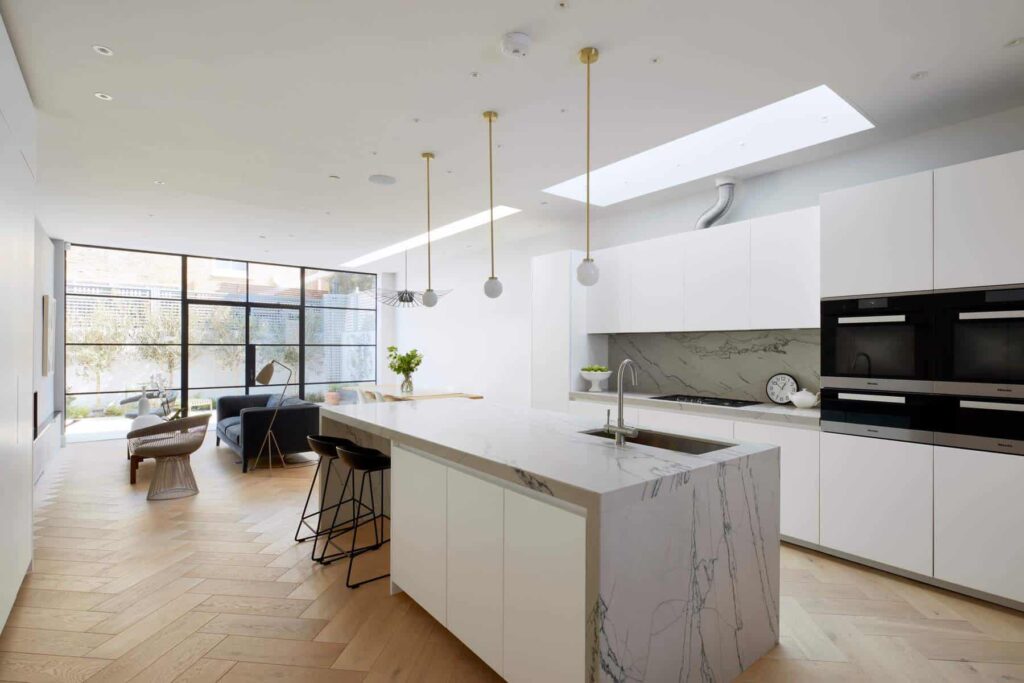
Building a rear extension to a property in London will not only create a space you’ve always dreamed of, perhaps a kitchen/diner, a living room, a home office or even a games room, but will also add value to your home. According to Homes & Property, a house extension in London with a medium-sized extension of 25 square metres is currently estimated to add an […]
What is a side return extension?
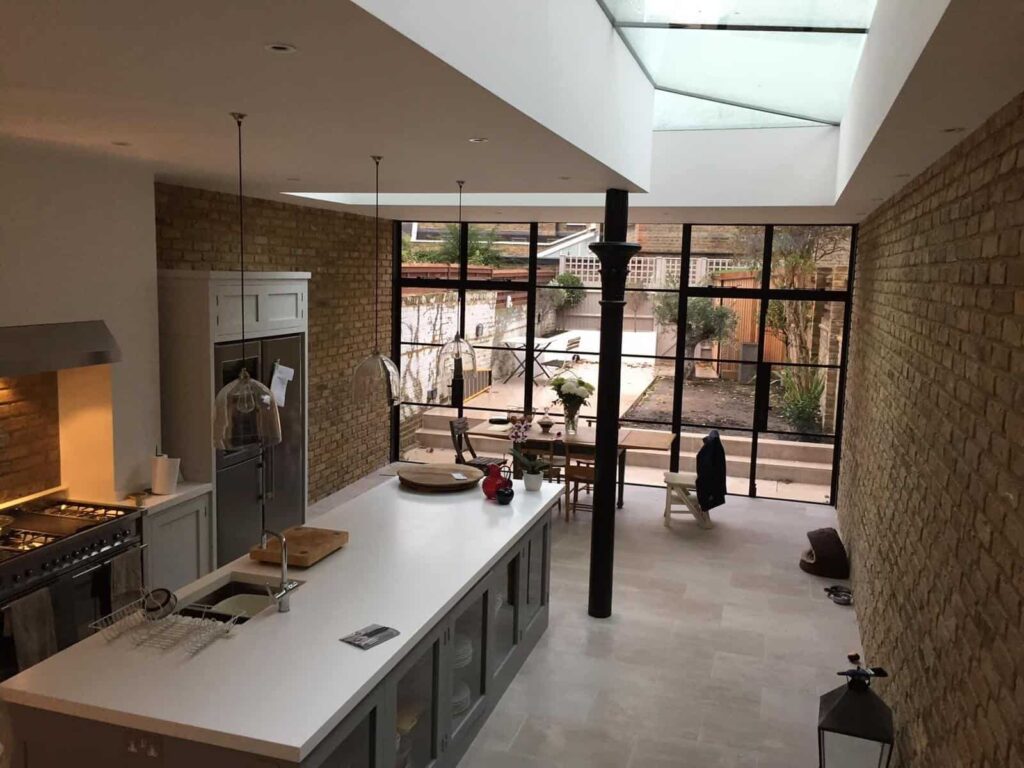
If you are thinking of building a house extension in London, and don’t want to compromise your rear garden space, why not consider an extension to the side of your house? This is known as a side return extension and most common in Victorian terrace houses where the original building leaves a strip of land on the side of the house […]
What’s the best home extension for me?
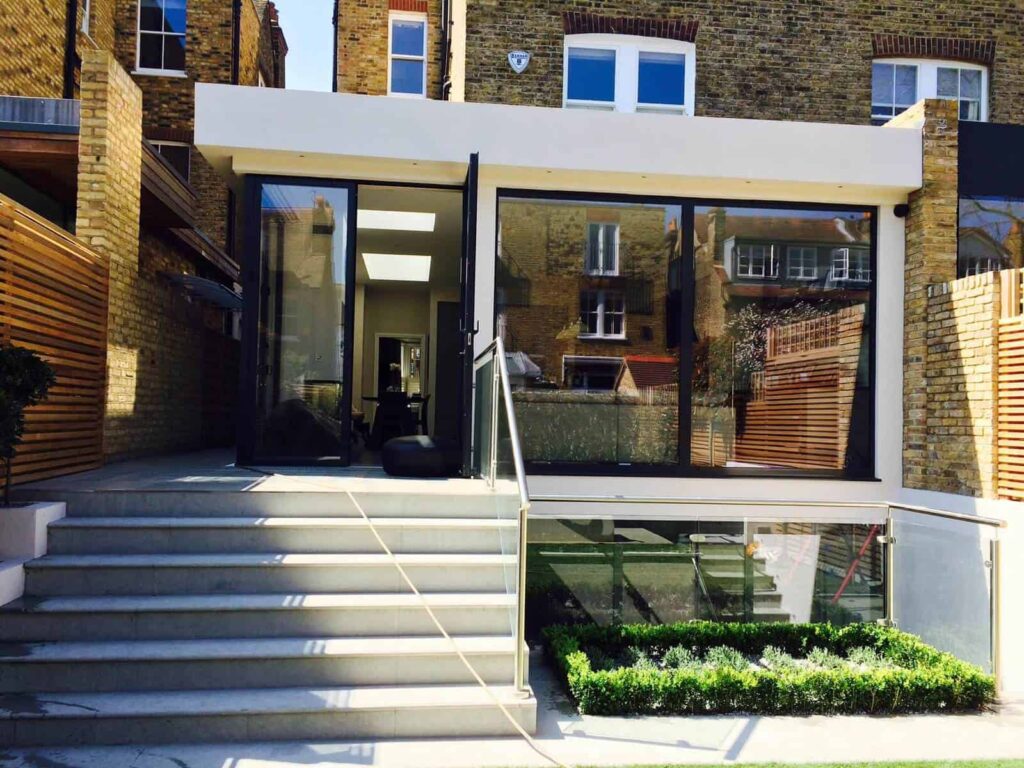
So, you’ve decided that you are ready to embark on a “renovating your home” project and building an extension is the plan. The next big decision iso to choose they type of extension. Of course, the biggest factor in this decision is the budget. No doubt about that. You may have the budget for a large, double-storey […]
Does my extension fall under Permitted Development?

Does my extension fall under Permitted Development? We’ve talked about Permitted Development in our previous article on Planning Permission, but there have been some recent developments we thought we’d update you and explore Permitted Development in greater detail. In the first week of October 2019, the Government announced the scrapping of the need for planning permission for a […]
Do I need a Party Wall Agreement for my House Extension in London?
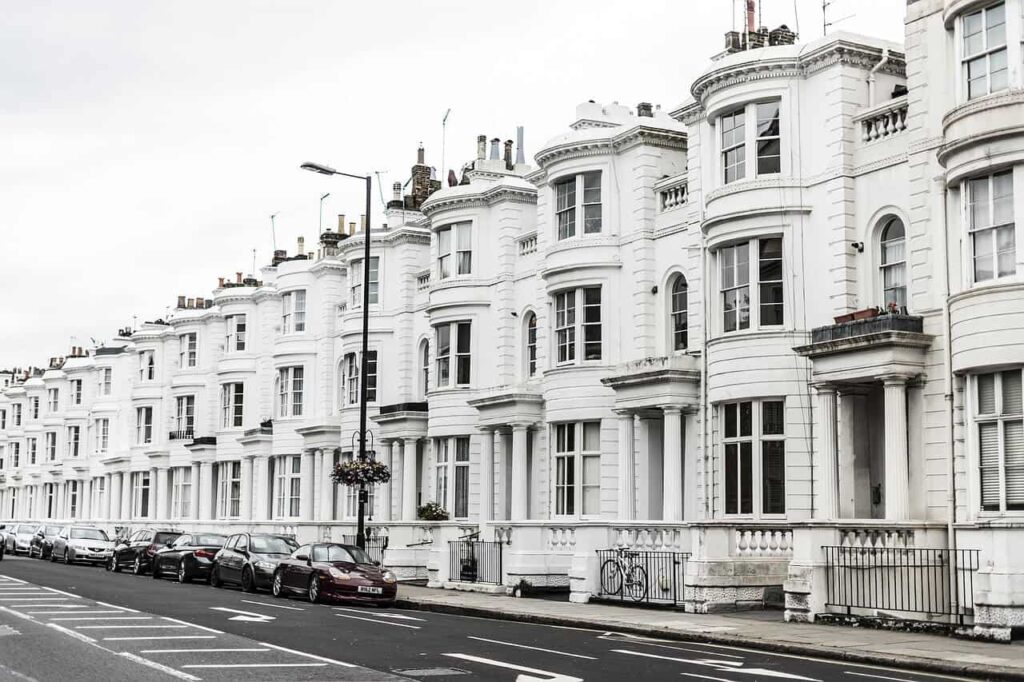
When embarking on a house extension project in London, where we mainly operate, we often get asked by our clients if they need a party wall agreement? Many don’t even know what a party wall is or what a party wall agreement is… just that it’s something they need.So, we thought we’d start at the […]
And the UK’s most popular home improvements are…
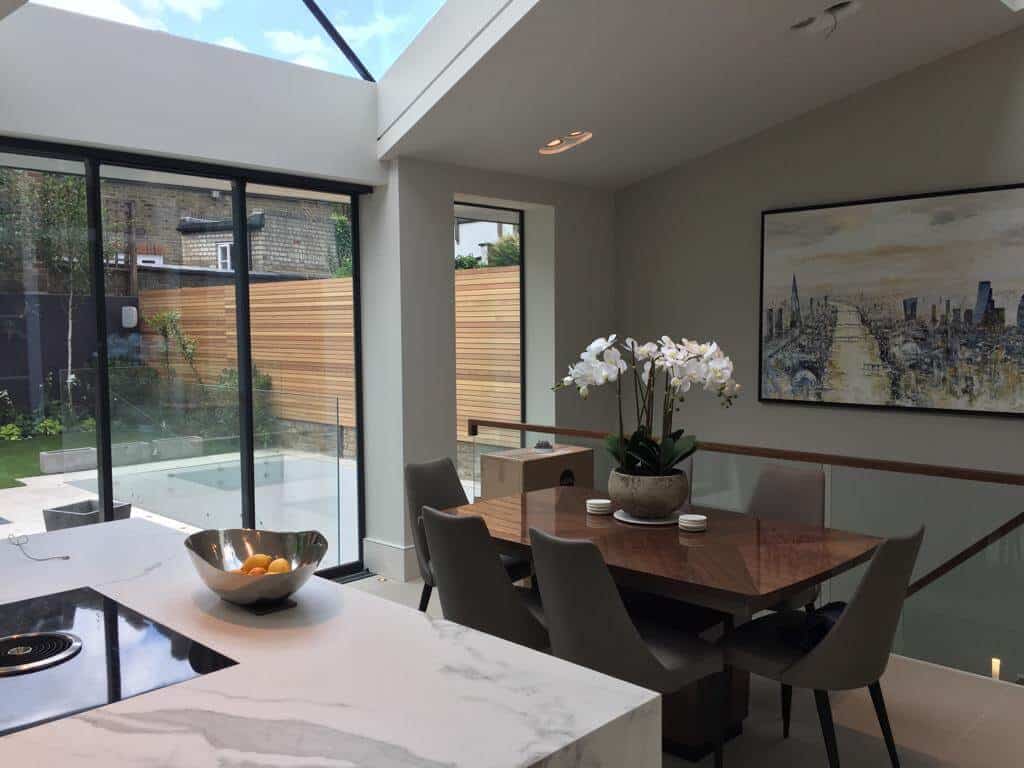
If you could do just one project to renovate your home what would it be?YouGov survey recently polled the most popular renovation among British homeowners. Can you guess what came out on top?Find out here in this eye-opening article in Ideal Home.If you’d like some guidance on your home improvement project, give us a call […]